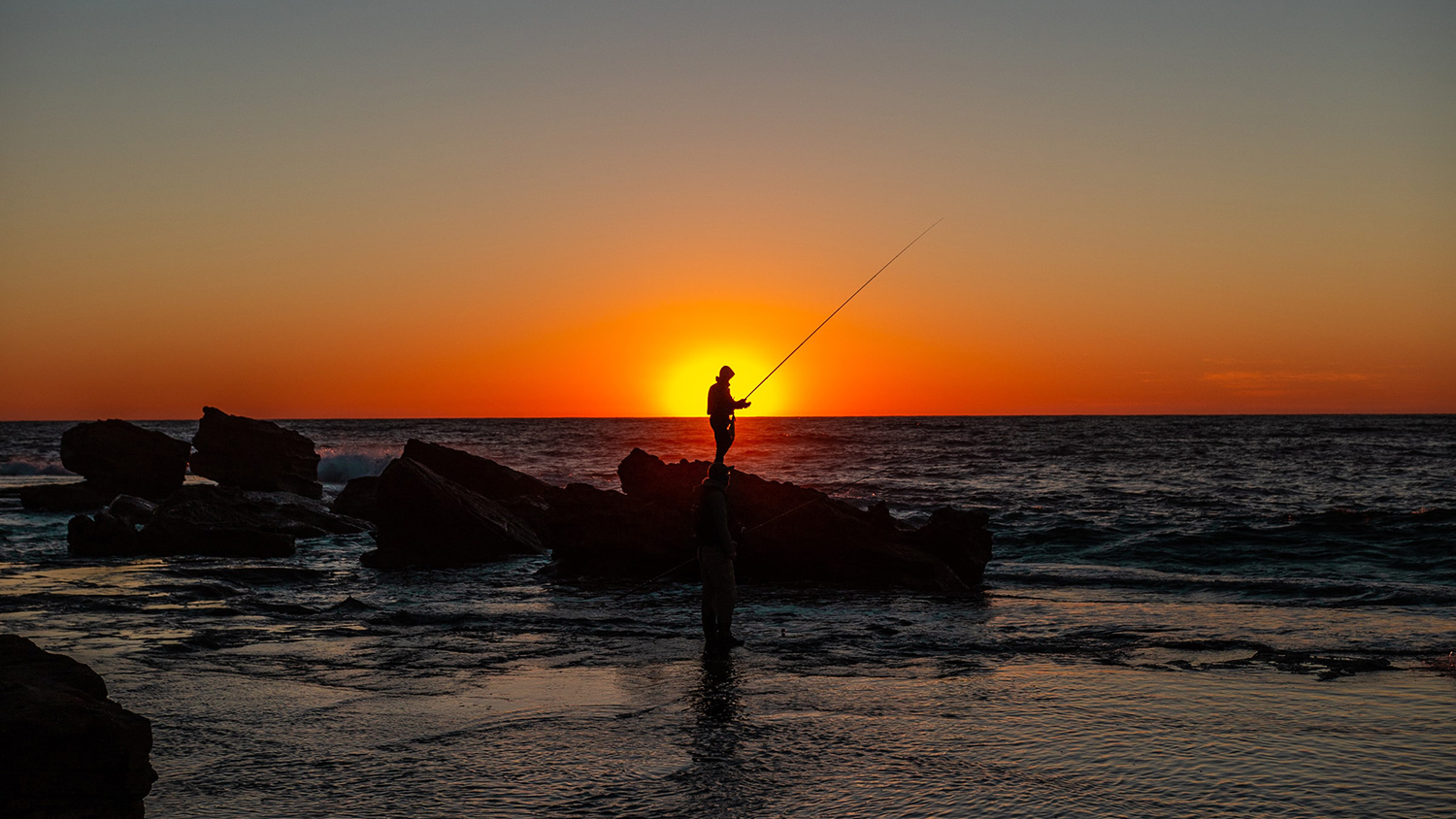Editor’s Note: This is a guest post by Roger von Haefen, a professor of agricultural and resource economics at NC State and associate director of the university’s Center for Environmental and Resource Economics Policy. This post is part of a series highlighting ways that NC State is helping us understand, mitigate and prepare for the impacts of climate change.
Whether one prefers hiking a mountain trail, kayaking down a scenic river, or surfing along the coast, the Old North State provides exceptional outdoor recreational opportunities – which attract visitors from around the world. To be sure, the state’s mild climate plays an important role in these experiences. But climate change represents a serious threat to the enjoyment we derive from outdoor recreation and, in turn, the viability of local businesses and communities that recreation supports.
Forecasting the likely impacts of climate change on outdoor recreation is an issue that former NC State graduate student (and current Oregon State faculty member) Steven Dundas and I investigate in a recent publication in the Journal of the Association of Environmental and Resource Economists. Our analysis focuses on a particular type of outdoor recreation – shoreline recreational fishing – that is popular in the state. According to government statistics, North Carolina’s coast attracts 1.8 million fishermen annually, second only to Florida in terms of total angler participation. About half of these anglers reside outside North Carolina’s coastal counties, and thus are supporting local hotels and restaurants when they fish.
Steve and I put together one of the largest recreational fishing data sets ever assembled by combining administrative data from the National Oceanic and Atmospheric Administration’s Marine Recreational Information Program with historical weather data from Oregon State’s PRISM Climate Group. The data is rich in its temporal (2004-2009), seasonal (January to December) and spatial (Maine to Louisiana) coverage, and allows us to identify how fluctuations in weather influence shoreline angling participation.
Interestingly, we find that extreme cold (i.e., maximum daily temperatures below 50 degrees Fahrenheit) and extreme heat (i.e., maximum daily temperatures above 95 degrees Fahrenheit) have significantly negative impacts on recreational trips. Since climate change is likely to reduce the number of cold days and increase the number of hot days, the overall impact of climate change is ambiguous.
In North Carolina, however, climate models predict the number of hot days will increase more than the number of cold days will decrease. In other words, our models suggest that the net impact of climate change on North Carolina shoreline recreational fishing is likely to be negative, with overall participation predicted to decline by 15 percent under business-as-usual climate change scenarios.
We also investigate how anglers might adapt to climate change in two key dimensions. First, we find evidence that more recreational fishing will occur during the shoulder seasons (both spring and fall) relative to the summer months when temperatures will be at their hottest. Second, we show that anglers will likely shift the timing of their trips to early morning and night to avoid extreme afternoon heat. This suggests that, in the future, more shoreline recreation will occur on piers and in marinas where artificial lighting is present.
Overall, our results imply significant negative consequences for shoreline fishing in North Carolina. Whether our findings carry over to other forms of outdoor recreation popular in the state (e.g., freshwater fishing, hiking, golfing, skiing) is an unanswered empirical question that we hope to investigate in future research.



